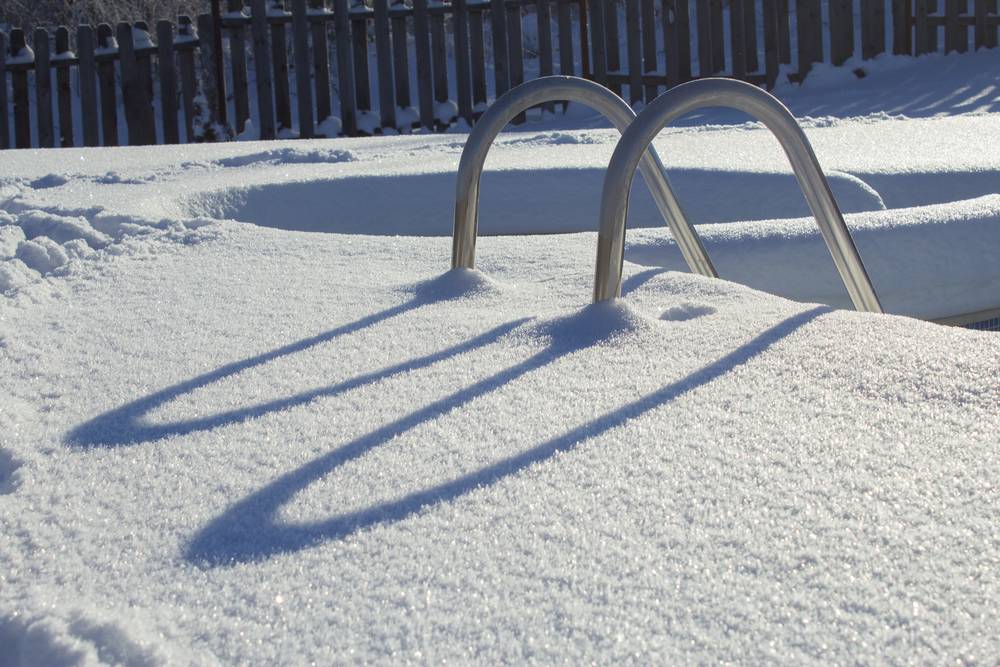I took a measurement a little after sunset last night, for OCLT, and got 7.0 ppm. I actually went the extra mile and used the 25 mL (±0.2 ppm) test, whereas I normally just use the 10 mL (±0.5 ppm) test. I did find using the light on the speedstir a little challenging, very hard on eyes adjusted to dark, and it just looks... weird.
Then I retested just after sunrise this morning, same ±0.2 ppm version of the test, and got 7.8 ppm! So, I repeated the test using my more usual ±0.5 ppm method, and confirmed it was still pink at 7.0, yielding a result at 7.5 ppm.
So, I think my test this morning was good, I must have made some error last night. SWG was turned off just before doing test last night, and stayed off overnight.
Since my FC is plenty high (3.0 - 9.0 recommended), I may just leave the SWG off all day and tonight, out of curiosity to see what I lose in 24 hours from this morning to tomorrow morning. But I will still re-check tonight, so we can also have a proper "OCLT".
The pool is covered, and the cover is waterproof dark blue. I string it up on a zip line for washing it each spring, and it doesn't let any light thru, it's totally dark under that thing.
Then I retested just after sunrise this morning, same ±0.2 ppm version of the test, and got 7.8 ppm! So, I repeated the test using my more usual ±0.5 ppm method, and confirmed it was still pink at 7.0, yielding a result at 7.5 ppm.
So, I think my test this morning was good, I must have made some error last night. SWG was turned off just before doing test last night, and stayed off overnight.
Since my FC is plenty high (3.0 - 9.0 recommended), I may just leave the SWG off all day and tonight, out of curiosity to see what I lose in 24 hours from this morning to tomorrow morning. But I will still re-check tonight, so we can also have a proper "OCLT".
The pool is covered, and the cover is waterproof dark blue. I string it up on a zip line for washing it each spring, and it doesn't let any light thru, it's totally dark under that thing.



